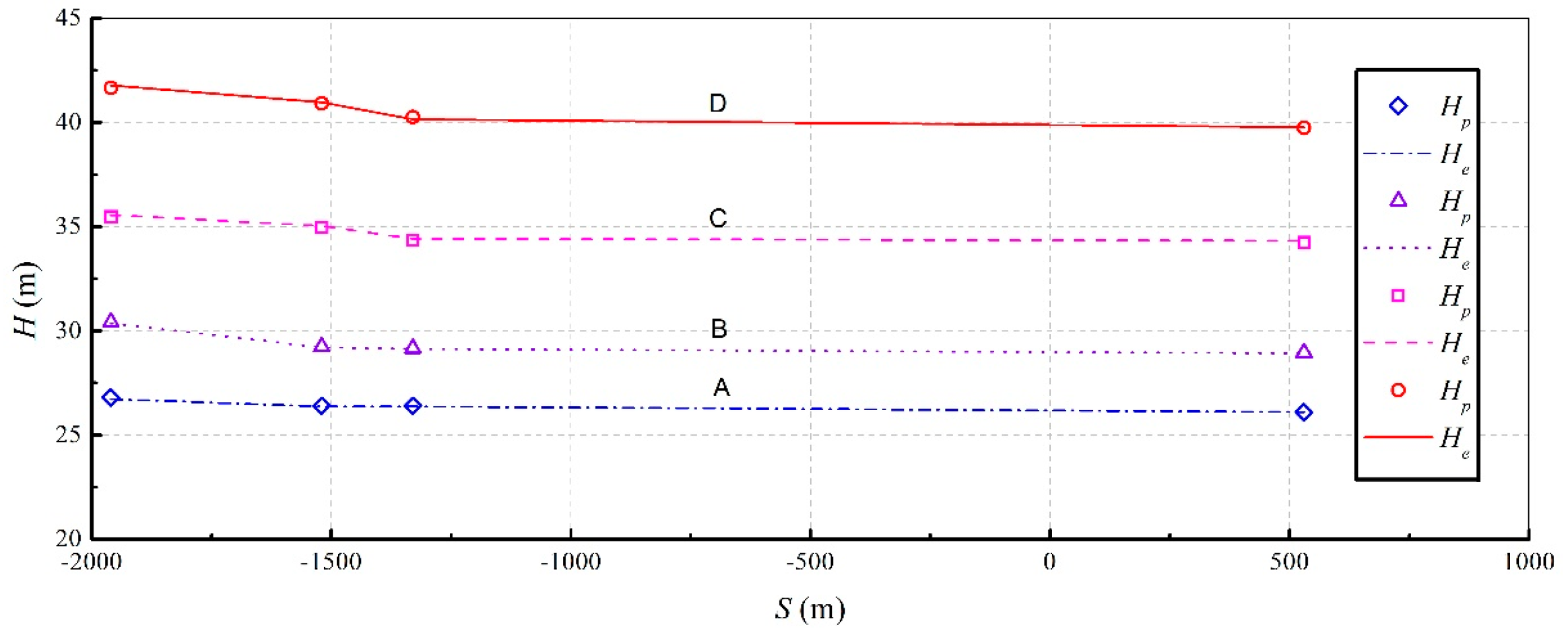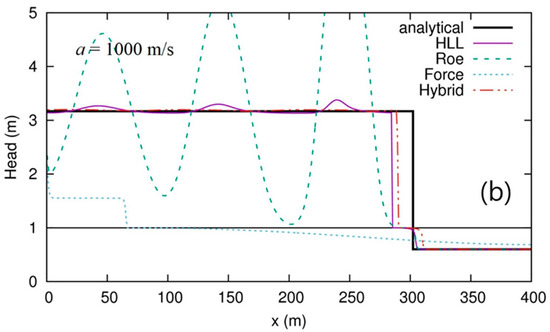Preissmann Slot Theory
Bonus Giant: The World's Best Online Casino Bonuses! Bonus Giant brings you Preissmann Slot Theory new pokies, slots and casino no deposit bonuses, free spins and cash bonus offers. The world's best casino review site!
I'm working on models which include large diameter storage tunnels which fill with open channel flow but can also experience a significant amount of surcharge. I'm seeing more artificial volume being created than what I would expect to see based on the Preissmann slot width. I've tried to minimize the Preissmann slot volume with a small minimum width and celerity ratio of 14.414. For a diameter of 24 feet, I'd expect a slot width of 0.23 feet. For larger surcharging, this width matches my observations for the additional modeled volume in the conduit. For smaller amounts of surcharge, I'm seeing an additional increase in storage volume beyond what can be accounted for with the slot width.
Is the width calculated as shown below (from http://blog.innovyze.com/wp-content/...ICM_and_CS.pdf)
Capture.JPG
or is there an additional transition at the top of the conduit which creates additional volume? Is there a relationship for this?
Thank you,
Sam Glovick
Note for SWMM6 – this may be useful for any discussion of a Slot in SWMM6. A Preissmann Slot is used in InfoWorks ICM, XPSWMM and one of the solutions of SWMM4
Wave Speed
- Currently, the Preissmann slot model still enjoys popularity in modelling the transition between free-surface and fully pressurised flows in tail-race tunnels.
- The models are based on the interface-tracking approach, the Preissmann slot concept and a standard closed pipe method of characteristics code. TPA results show good agreement with the results.
- Preissmann slot - a narrow hypothetical slot running along the crown of the conduit which creates the proper pressure wave speed when the conduit becomes surcharged.
- Hypothetical Preissmann piezometric open slot. THEORY OF ONE-DIMENSIONAL UNSTEADY FLOY Governing Equations The flow in a sewer follows the physical principles of conserva tion of mass, momentum, and energy. The mass conservation principle yields the continuity equation, whereas Newton's second law yields the momentum equation.
The wave speed, c, is influenced by the elasticity of the pipe wall. For a pipe system with some degree of axial restraint a good approximation for the wave propagation speed is obtained using

where Ef = elastic modulus of the fluid (for water, 2.19 GN/m2, 0.05 Glb/ft2)

ρ = density of the fluid (for water, 998 kg/m3, 1.94 slug/ft3)
Ec = elastic modulus of the conduit (GN/m2, Glb/ft2)
D = pipe diameter (mm, inch)
t = pipe thickness (mm, inch)
KR = coefficient of restraint for longitudinal pipe movement.

The constant KR takes into account the type of support provided for the pipeline. Typically, three cases are recognized with KR defined for each as follows (m is the Poisson’s ratio for the pipe material):

Preissmann Slot Theory Game
Case a: The pipeline is anchored at the upstream end only.
KR = 1 – m / 2
Case b: The pipeline is anchored against longitudinal movement.
KR = 1 – m2
Case c: The pipeline has expansion joints throughout.
KR = 1
The following table provides physical properties of common pipe materials.
Table 3-8: Physical Properties of Common Pipe Materials
Preissmann Slot Theory Meaning
| Material | Young’s Modulus (Ec) | Poisson’s Ratio, μ | |
| GN/m2 | Glb/ft2 | ||
| Asbestos Cement | 23 – 24 | 0.53 – 0.55 | – |
| Cast Iron | 80 – 170 | 1.8 – 3.9 | 0.25 – 0.27 |
| Concrete | 14 – 30 | 0.32 – 0.68 | 0.1 – 0.15 |
| Reinforced Concrete | 30 – 60 | 0.68 – 1.4 | – |
| Ductile Iron | 172 | 3.93 | 0.3 |
| PVC | 2.4 – 3.5 | 0.055 – 0.08 | 0.46 |
| Steel | 200 – 207 | 4.57 – 4.73 | 0.30 |